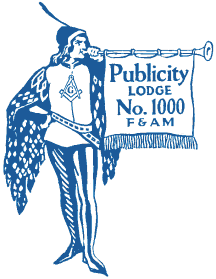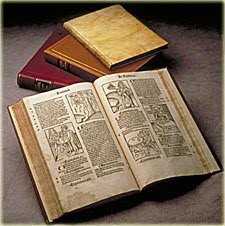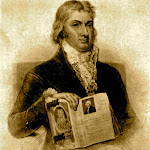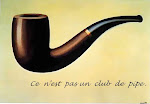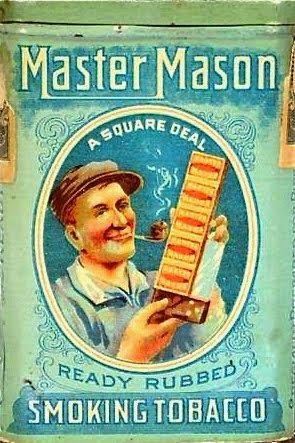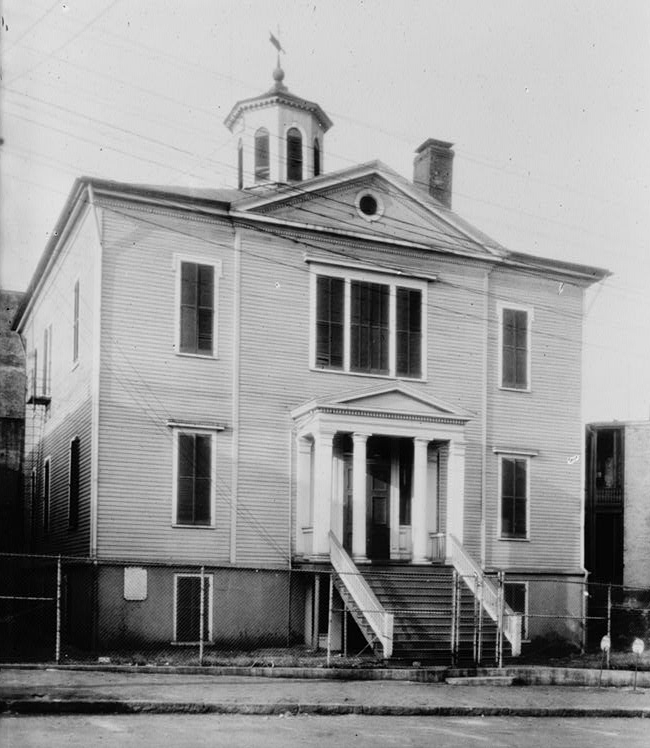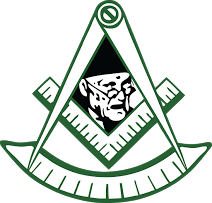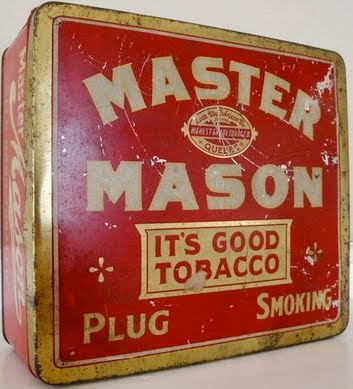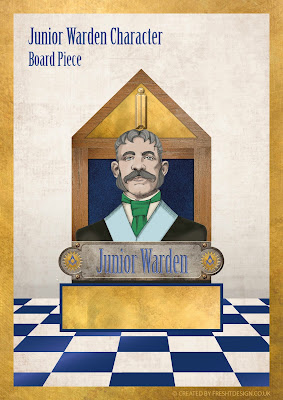 |
|
Courtesy apronsandtools blog
Auctioned at Christies just about a decade ago was this
snuff box. The description reads: The cover painted with Fortuna holding a
cornucopia and leaning against a column inscribed Le grand Art de se taire, Masonic
instruments at her feet, within a gilt line and band border, the sides with
figures, carriages and buildings in parkland landscapes, the base with three
birds perched on a rocky outcrop supporting a triangle below the inscription
Trois au veritable, the interior of the hinged cover painted with a Mason in a
tricorn hat wearing and holding Masonic symbols, with further instruments
strewn at his feet, in a draped portico before distant classical buildings, the
interior of the box richly gilt (slight wear to base and to gilt border of
cover) 3¼ in. (8.3 cm.) wide overall.
|
All this talk of Kipling reminded me to share some photos of Masonic-related snuff paraphernalia. Snuff is a powder form of tobacco—not for everyone, but appreciated by those who historically could not smoke at work: coal miners, sweatshop seamstresses, munitions makers, etc. It also was a favorite among the upper classes who didn’t have to work at all, so go figure. It is taken in minute quantities, gently, through the nostril.
I’m happiest with my pipes, but snuff will do “in a pinch.”
On display in the Museum of Freemasonry this month in the “Phases Exhibit” was this snuff handkerchief made in the 1870s. Hard to imagine using this for its intended purpose, namely expelling tobacco-infused mucus at high velocity from the nose, but maybe its preserved condition proves it never was put to use. “Phases” shows various ways Freemasonry uses sights in the heavens for some of its symbols—or it did until two weeks ago when the museum closed due to the virus.
 |
| Courtesy Museum of Freemasonry |
I don’t know if this brand name has anything to do with the Craft, but Square snuff is available without time travel. One reviewer online says this:
 |
| K and B Auction Co. |
And finally, there are snuff boxes. Stylish snuff-takers pocket their powder in tiny containers of all kinds, and don’t be surprised if the brethren prefer their snuff boxes ornamented with familiar designs.
 |
|
Courtesy Sotheby’s
|
From the description at Steppes Hill Farm Antiques: An extremely rare and unusual 18th century silver trick opening Masonic Snuff or Patch Box, of oval form with flush hinge, the lid bright-cut engraved and set with applied Masonic symbols, including the sun, the moon, a beehive, a set square and compass etc. The Set square has to be pushed forward to unlock the interior mechanism which has three pins locating into circular metal wheels to lock the lid. The base with bright-cut engraved border and presentation inscription – “J.S to R.Banks.”






